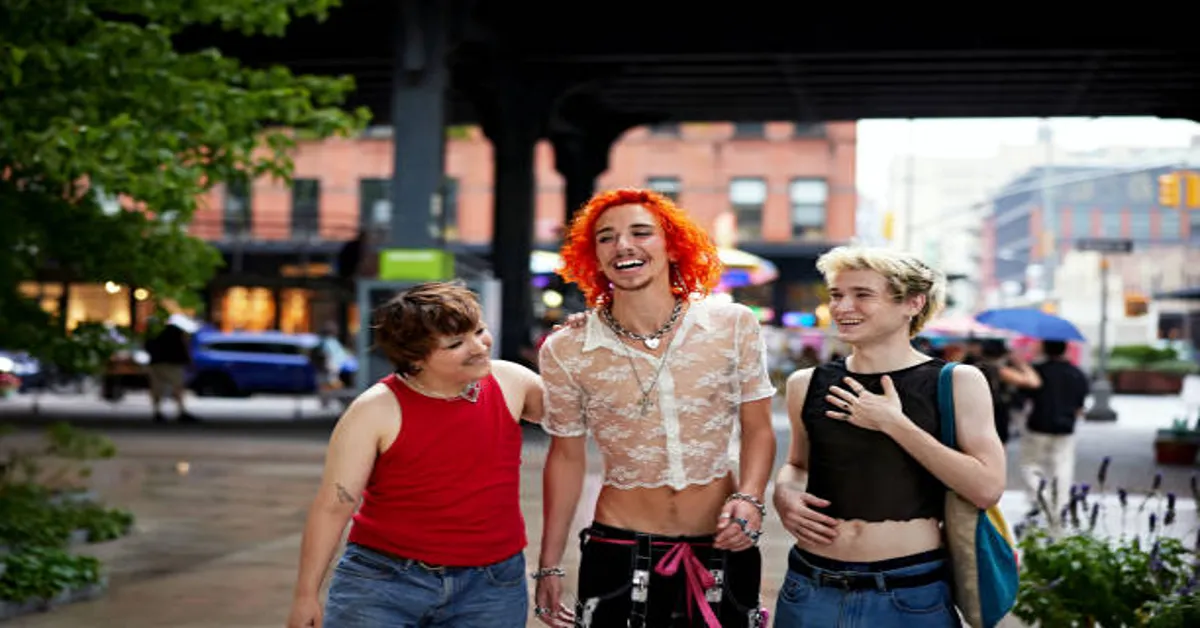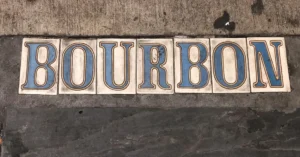YouTube has evolved into much more than just a video-sharing platform. Over the years, it has become a powerful medium for marginalized voices to share their truths, educate others, and build strong communities. Among the many underrepresented groups that have found a platform and a voice through YouTube, the transgender community has emerged as one of the most prominent. The keyword “tran ny tube” appears to represent a growing search trend surrounding transgender content creators on YouTube, particularly those based in New York or connected to it.
This article explores the journey of transgender YouTubers, how their content contributes to visibility and advocacy, the challenges they face, the impact on the broader LGBTQ+ landscape, and how audiences can better support their work.
YouTube: A Platform for Transgender Visibility
In mainstream media, transgender individuals have often been excluded, misrepresented, or stereotyped. Films, television, and news media have long failed to present trans people as full human beings with diverse stories. In contrast, YouTube opened up an unfiltered, unmoderated space where anyone with a camera and a story could speak to the world.
For transgender creators, this was revolutionary. No longer did they have to wait for a production company or media network to give them permission to share their journey. They could document their transition, share insights about gender identity, and find a community that resonated with their truth. The phrase “tran ny tube” may be symbolic of this independent storytelling movement – one where trans people, particularly from urban, diverse places like New York, are claiming their own narrative space online.
Types of Content Shared by Trans YouTubers
One of the fascinating aspects of transgender content on YouTube is the wide variety it encompasses. While many people initially think of transition videos or hormone therapy updates, the reality is far more expansive. “tran ny tube” creators post a wide range of content that reflects their full humanity – not just their gender identity.
1. Transition Timelines and Hormone Journey
These are among the most popular categories. Many trans YouTubers record their progress from the day they begin hormone therapy or start living as their true gender. Viewers follow along with regular updates – seeing physical changes, emotional challenges, and the ups and downs of transitioning. These videos can be incredibly empowering for others considering a transition and also serve as educational tools for allies.
2. Vlogs About Daily Life
Just like any other YouTuber, trans creators film day-in-the-life videos, vlogs about family, dating, friendships, and career development. This kind of content helps normalize transgender lives and shows that while trans people face unique challenges, they also live ordinary, relatable lives.
3. Educational Content
Many transgender creators feel a responsibility to educate their viewers. They explain concepts like gender dysphoria, transphobia, non-binary identities, the differences between sex and gender, or the importance of pronouns. This content is vital in a world where misinformation about gender identity is still widespread.
4. Makeup and Fashion
Beauty and style are big niches on YouTube, and trans creators are no exception. Many trans women and non-binary creators share makeup tutorials, styling advice, and fashion hauls. These videos also often touch on gender expression and how clothing can affirm identity.
5. Mental Health and Wellness
Transitioning is a deeply emotional experience, and many “tran ny tube” people face depression, anxiety, and trauma – often from family rejection or societal discrimination. Some creators dedicate time to discussing therapy, self-care, and navigating mental health resources. Their openness often helps others feel less alone.
6. Political and Social Commentary
Some trans creators use their platforms to comment on laws affecting the LGBTQ+ community, healthcare access, discrimination, and hate crimes. Especially with recent political attacks on trans rights, this kind of content plays a critical role in advocacy and raising awareness.
Why YouTube Matters to the Trans Community
YouTube has democratized the media landscape. For transgender people, especially youth in conservative areas, representation is not just a nice thing to have – it’s often life-saving. Many trans individuals have shared stories about how watching YouTube videos helped them realize they were not alone, or gave them the language to describe their identity for the first time.
The parasocial relationships – meaning one-sided emotional connections viewers form with creators – built on YouTube are incredibly powerful. For a trans teenager who doesn’t know anyone else like them in real life, watching a trans creator online can be validating, healing, and empowering.
In places where affirming healthcare or community support is lacking, YouTube often becomes a stand-in therapist, mentor, and friend. That emotional support network, though virtual, can be deeply influential.
New York’s Unique Influence on Trans YouTube Culture
If we interpret “tran ny tube” to specifically mean transgender YouTubers based in or influenced by New York, then it’s worth examining the unique culture of the city. New York has long been a hub for LGBTQ+ history – from the Stonewall Riots in 1969 to the vibrant queer culture of Harlem and Brooklyn.
Trans creators in New York often reflect a raw authenticity in their content. The diversity, creative energy, and activism ingrained in the city shape their perspectives. Many creators use their platform to spotlight local events, community centers, drag shows, queer nightlife, or street interviews about trans issues.
Moreover, New York is home to some of the most active trans rights organizations, and creators often collaborate with nonprofits, attend rallies, and use their channels as tools for mobilization. The urban backdrop also provides rich content – from subway stories to fashion shoots in Central Park, adding layers of relatability and aesthetic appeal.
Challenges Faced by Transgender YouTubers
Despite all the progress and positive content, trans YouTubers face unique obstacles on the platform. Being visible as a transgender person online comes with emotional, social, and even financial risks.
1. Trolling and Harassment
Sadly, many trans creators face targeted hate, often in the comments or through direct messages. Some creators are subjected to doxxing, threats, and coordinated hate campaigns. YouTube has policies against hate speech, but enforcement remains inconsistent.
2. Demonetization
Several trans creators have reported that their videos get demonetized more frequently than others. Even when discussing medically accurate, educational, or personal content, YouTube’s algorithm may flag the content as “sensitive,” reducing ad revenue or reach.
3. Burnout and Emotional Toll
Maintaining a YouTube channel is already hard work, and when coupled with constantly discussing deeply personal topics – often triggering or traumatic – it becomes emotionally exhausting. Many creators take breaks or leave the platform altogether due to burnout.
4. Pressure to Represent Entire Community
Trans creators often feel pressure to “speak for” the whole transgender community, which is impossible. The trans community is incredibly diverse in terms of race, class, ethnicity, age, and experience. No one person can represent all trans people, but audiences sometimes expect them to.
How Viewers Can Support Trans Creators
Supporting trans YouTubers doesn’t require grand gestures. Consistent, meaningful engagement helps sustain their channels and well-being. Here’s how:
- Subscribe and engage with videos. Likes, comments, and shares boost visibility in the algorithm.
- Use Patreon or BuyMeACoffee to support them financially, especially for those who can’t rely on ads due to demonetization.
- Report harassment or hate speech. This helps protect creators from emotional distress.
- Respect boundaries. Don’t ask invasive questions about surgeries, body parts, or trauma.
- Educate yourself. Watch their educational videos fully and do your own research beyond their channel.
The Future of Tran Ny Tube
The future of transgender content on YouTube looks promising. As more creators gain recognition, the landscape continues to diversify. We now see Black trans creators, disabled trans creators, Muslim and Jewish trans creators, and elders sharing their journeys – helping to show that transgender people exist in every culture, age group, and background.
YouTube, while not perfect, remains one of the most accessible platforms for building global empathy. With improvements to its moderation, monetization, and algorithm systems, the platform can become even more welcoming for transgender creators.
We are at a cultural turning point where trans creators are not just “influencers” – they are educators, artists, activists, and survivors. Their content changes lives.
ALSO READ: Active Memory Expansion: Redefining System Efficiency in the Modern Age
Frequently Asked Questions (FAQs)
1. What does “tran ny tube” mean?
“Tran ny tube” likely refers to transgender-related content on YouTube, particularly focusing on creators from New York or with similar tags. It might be a shorthand or search trend referring to “trans YouTubers” or “trans stories on YouTube.”
2. Why is transgender representation on YouTube important?
Transgender representation helps normalize diverse gender identities, educates the public, and supports trans individuals who may feel isolated. YouTube provides a platform for trans people to share authentic, unfiltered stories.
3. What kind of content do trans YouTubers post?
They create content ranging from transition timelines and educational videos to vlogs, makeup tutorials, political commentary, mental health discussions, and more. Their channels reflect the diversity of human experience.
4. How can I support a trans YouTuber?
Engage with their content by liking, commenting, and sharing. Subscribe to their channel, support them on Patreon or other platforms, and report any hate or abuse they receive. Respect their boundaries and educate yourself on trans issues.
5. Are there risks involved in being a trans YouTuber?
Yes. Trans creators often face harassment, doxxing, and demonetization. Being visible online as a trans person can invite transphobia, emotional strain, and pressure to constantly educate or represent the entire community.









